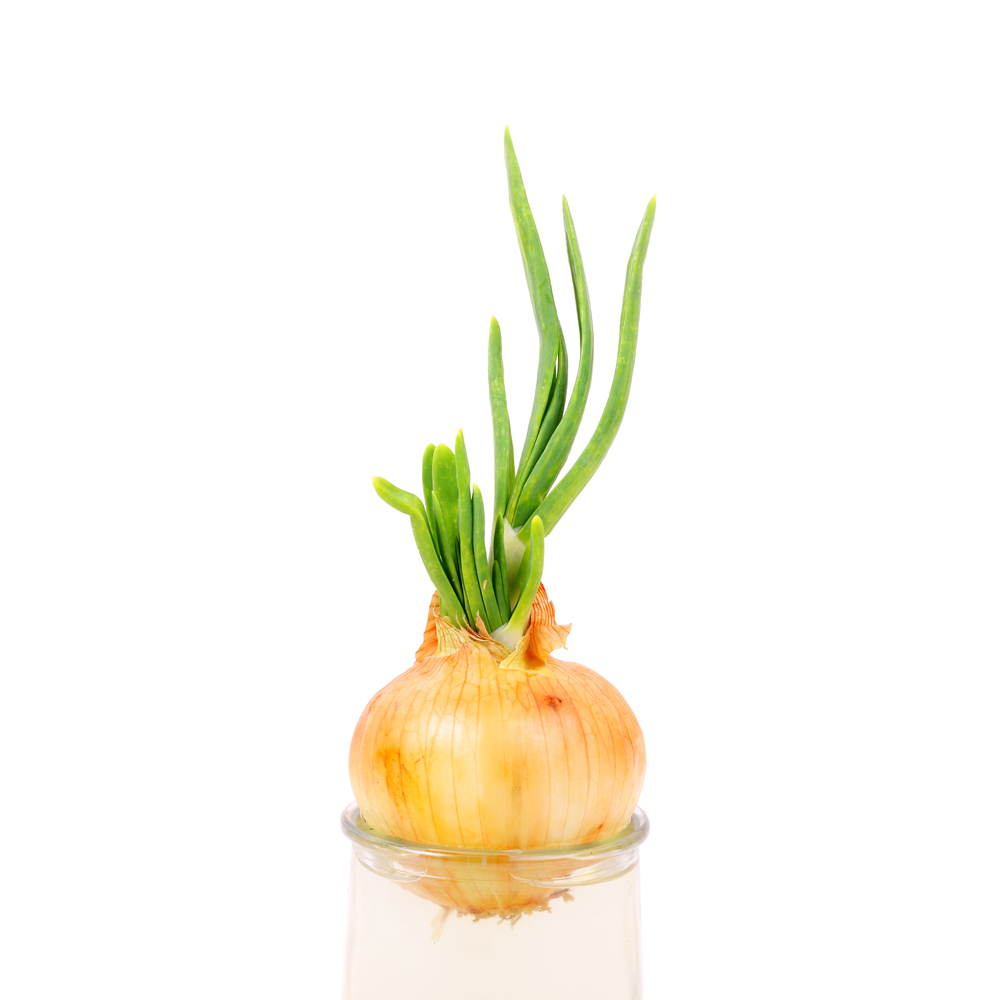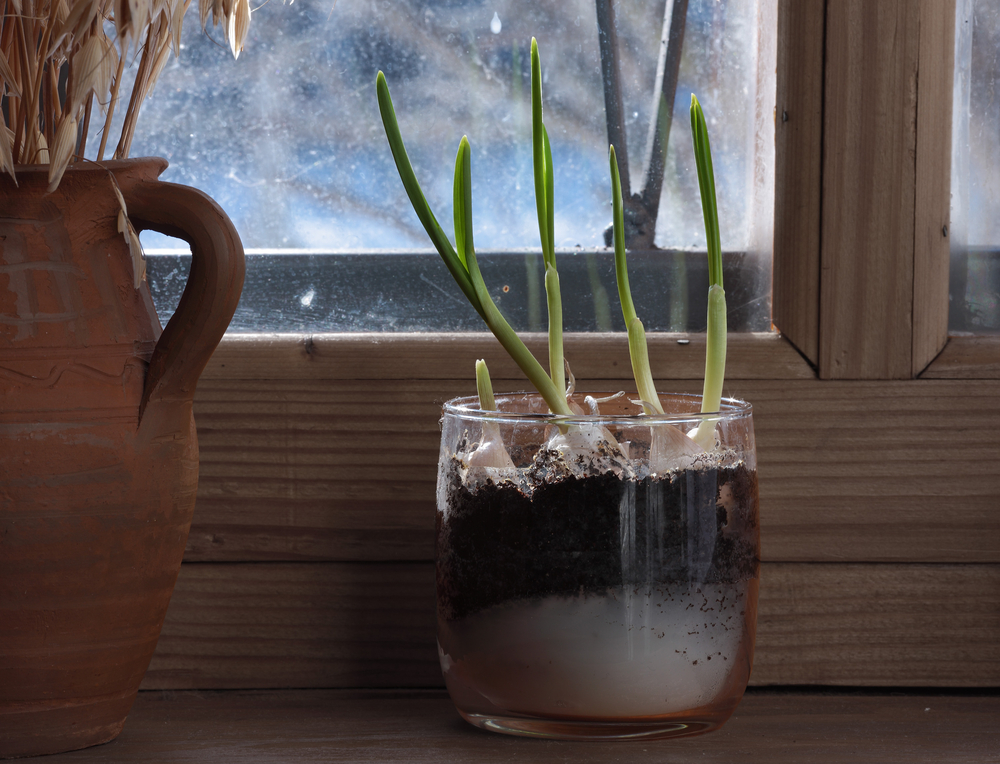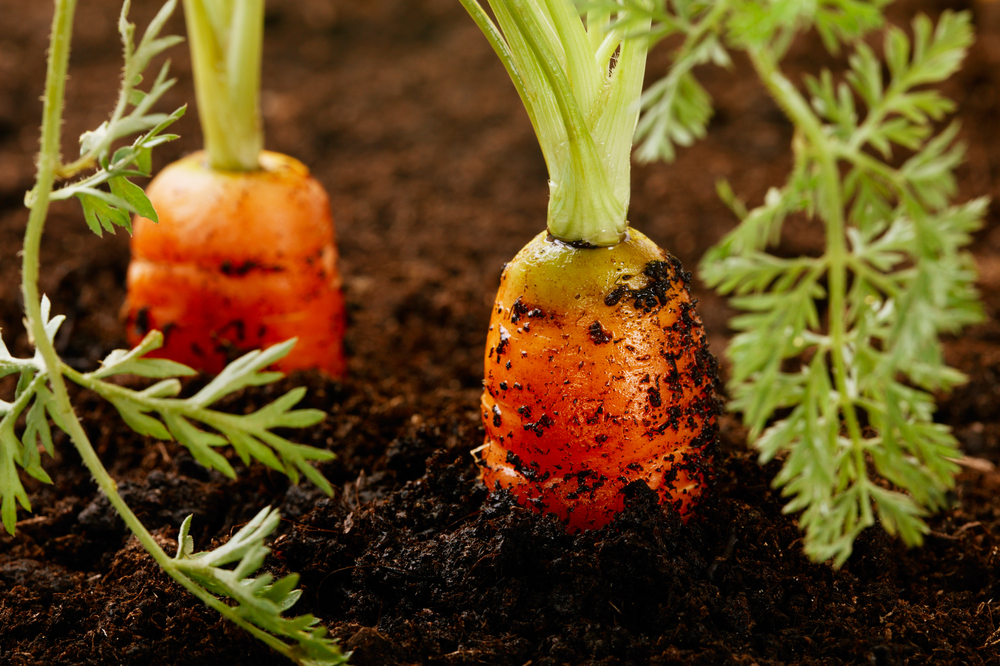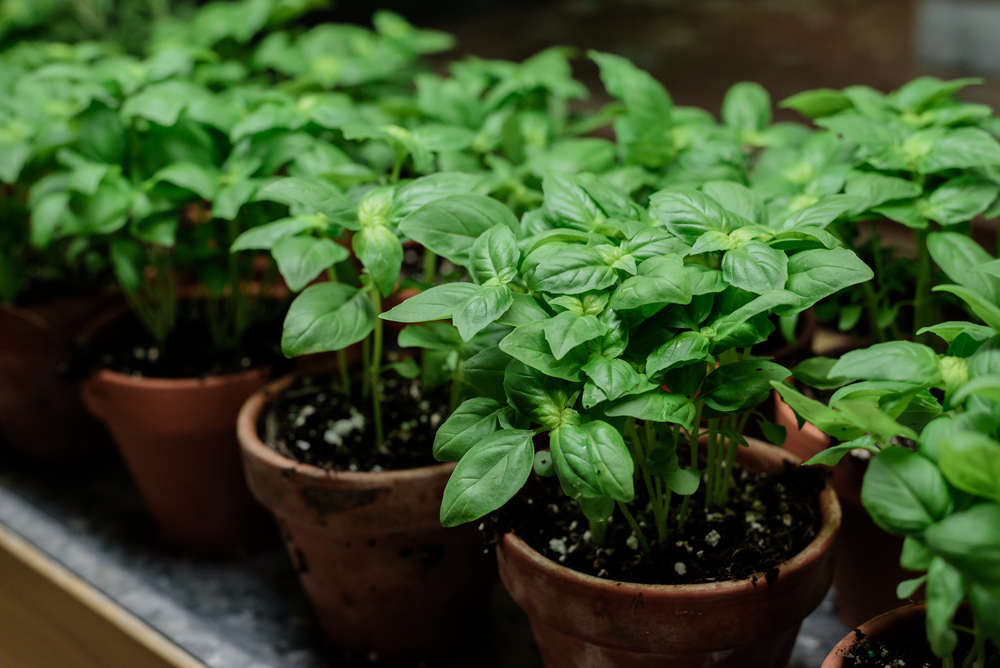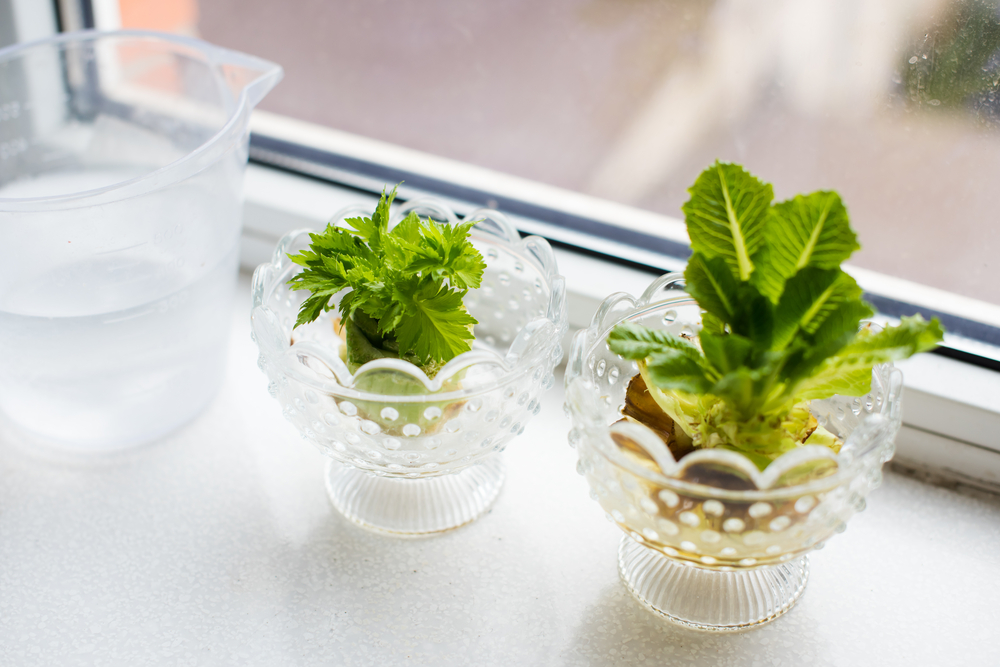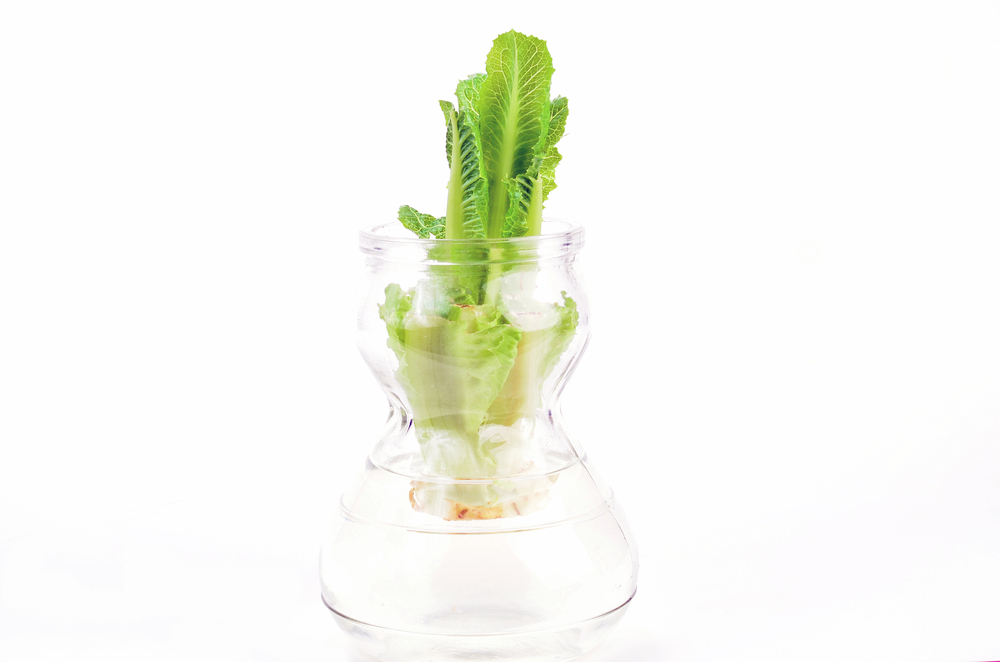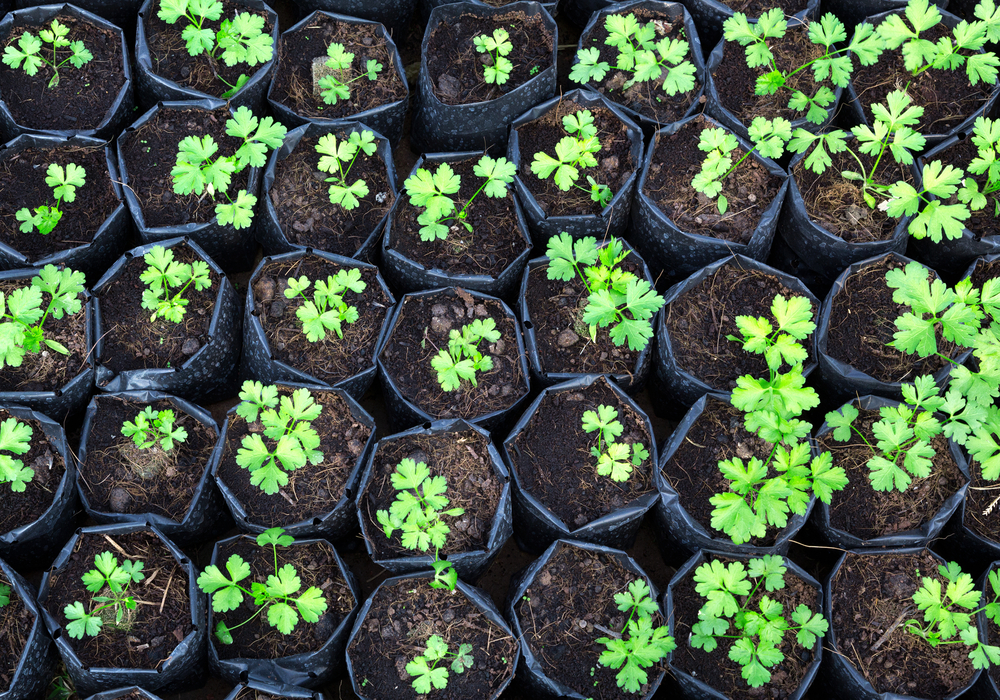7 Vegetables You Only Need To Purchase One Time And Then You Can Grow Them Forever At Home.
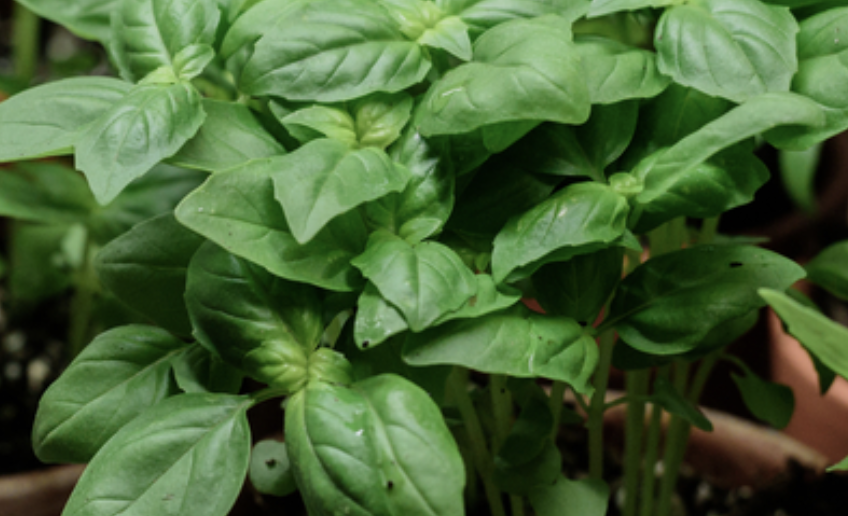
image via – shutterstock.com
These days it seems that more and more people are opting to grow their own fresh food and produce. Rather than buying expensive organic products that are pesticide-free, they are choosing to garden and shop locally in their own back yards for fresh fruits and vegetables. With consumer awareness and health and safety concerns at an all time high, it makes sense to grow your own. Whether people do it to save money, or to know exactly how the food they’re feeding their families has been grown, it’s really the only way to be sure about the food we consume.
If you’ve ever wished that you could have a garden but just don’t have the room or a yard, or the resources or know-how, there is still hope. Simply make a mini-indoor garden, all you really need is a few pots or glasses and some food scraps. That’s it. This type of ‘urban-garden’ will cost you nothing, save you money, and it requires virtually zero plant or gardening expertise!
There are more than a few vegetables out there that you can pick or buy at the store, eat, and then re-grow all over again! Below are eight different herbs and vegetables that you can re-grow from your kitchen scraps and the accompanying video covers a few more so be sure to check them out. Try a few of these the next time you’re about to discard scraps in the trash or compost and get the most out of your food and money.
Image via: Shutterstock.com
Spring Onion- Cut a bunch approximately 4 inches above the roots and stick them in a glass of fresh water. Place it in a sunny window and change the water daily until the stalks have sprouted and grown tall again. After about 10 days you can re-plant it outside or keep it growing in water.
Image via: Shutterstock.com
Garlic- Take the larger cloves from piece of garlic and peel back the dried papery shell only on the end where it sprouts (refer to video for a clear look). Plant the cloves in a shallow, dirt-filled tray about half a foot apart with the peeled end facing up. In about two weeks time little green sprouts will appear and soon your garlic will be on its way to your plate!
Image via: Shutterstock.com
Carrots- You will have to buy carrots with the leafy tops still attached to re-grow these. Cut them so that at least two inches of orange carrot remain attached to the top part, and then place them in a shallow pan of fresh water.
Image via: Shutterstock.com
Basil- Snip a few shoots off a basil plant, but make sure they are at least 6 inches long and healthy. Place the cuttings in a glass of water and leave it in a sunny window. When they have doubled in size, re-plant them in a pot or garden and enjoy!
Image via: Shutterstock.com
Celery- Chop off the bottom 3 inches of a bunch of celery and place it root-side down in a shallow bowl of water. Place it in a sunny window, change the water daily, and after a few days it will begin to sprout. To allow for more root growth, remove the outer stalks and then plant it outside or in a pot.
Image via: Shutterstock.com
Romaine Lettuce- Take at least half a bunch of romaine lettuce and submerge it in water for several days. It will begin to re-grow immediately and soon after you can re-plant it outside or indoors.
Image via: Shutterstock.com
Coriander- Take a few cuttings and place the bottom of the stems in a glass of water. Change the water regularly and place the glass in a sunny window. After the roots have grown a bit, transplant into a pot, and watch it sprout and grow big.
Please Share This With Family and Friends
Video: This Guy Places A Pot Upside Down Over This Plant. The Reason Is BRILLIANT!
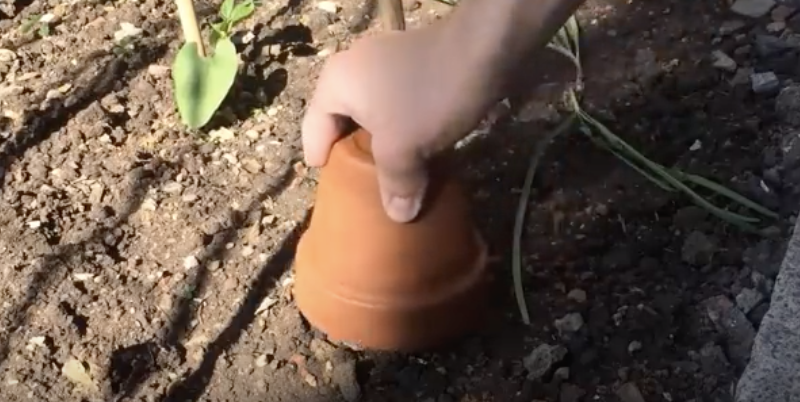
Many people find gardening to be a relaxing and rewarding way to spend time outdoors and help improve their lives. Fresh healthy foods can be had for much less cost than the grocery store kind while flowers, shrubbery and plants can help liven up any plain old yard. The possibilities for gardens are endless with thousands of varieties and combinations of seeds available. You can plant herbs, vegetables, perennial bulbs, shade plants, flowers, bushes, grasses, fruit trees and so on. To make your green thumb even greener, here are some clever ways to help you garden that all include items you can easily find or already have on hand.
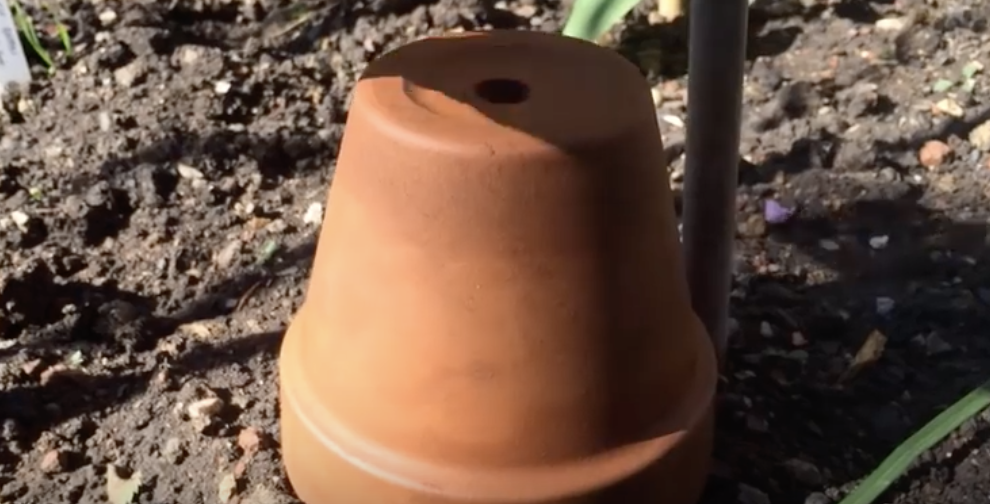
First, use a long wooden handled gardening tool as a measuring stick by marking off intervals on it. When the need arises for plants to be evenly spaced, you will be ready to go. To label where and what certain plants are, recycle last years labels by scraping off old marker with sandpaper.
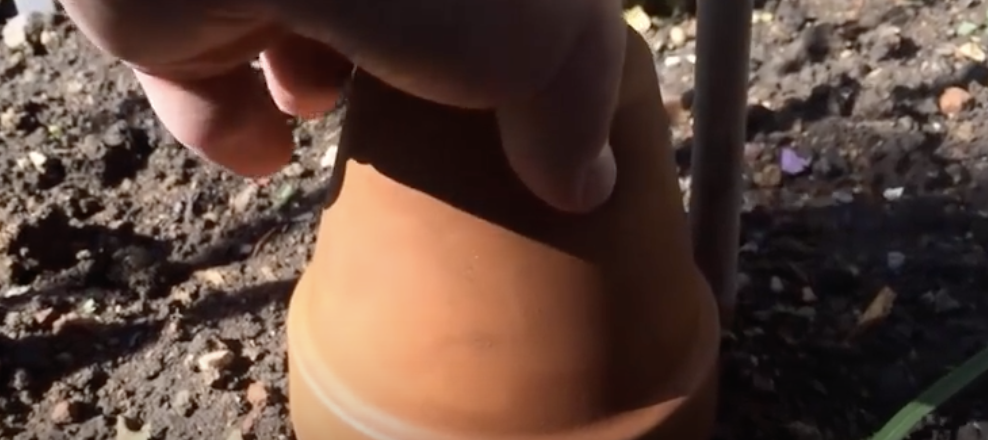
Alternatively, you can take some flat stones or tiles and use them as markers, or make your own by cutting them out of plastic cups. When it is cold enough to potentially get frost, protect seedlings by covering them with a terracotta pot at night and then uncover it in the morning. If you ever need to get rid of aphids (aka plant lice) wrap sticky tape around your hand to brush them off plants while keeping them off your hands.
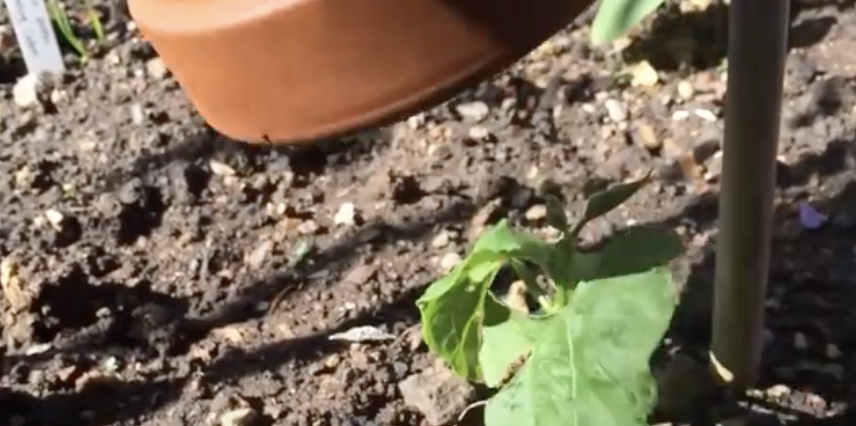
Now time for the water related hacks. For an easy irrigation system take plastic water bottles, punch several holes in the cap, cut off the the bottom, insert in the ground near the plant, and fill with water. The water will slowly be released into the ground and last longer, which is especially needed if your growing plants in dry, hot conditions.
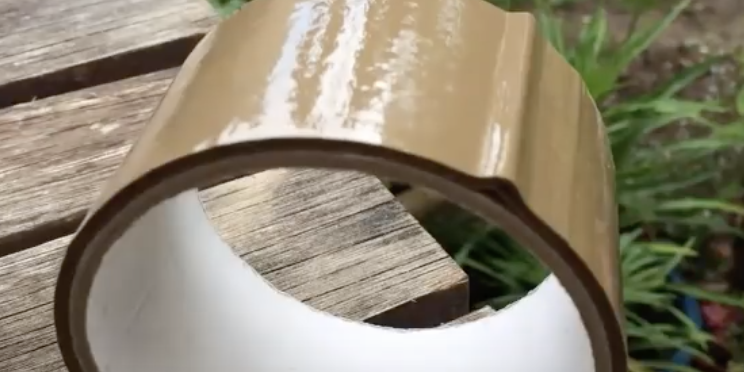
You can reuse water leftover from cooking, such as water used to boil veggies in, and collect rainwater from your roof/eaves to water your garden and decrease overall consumption. Another H2O trick involves soaking seeds overnight in lukewarm water to help them germinate and sprout earlier.
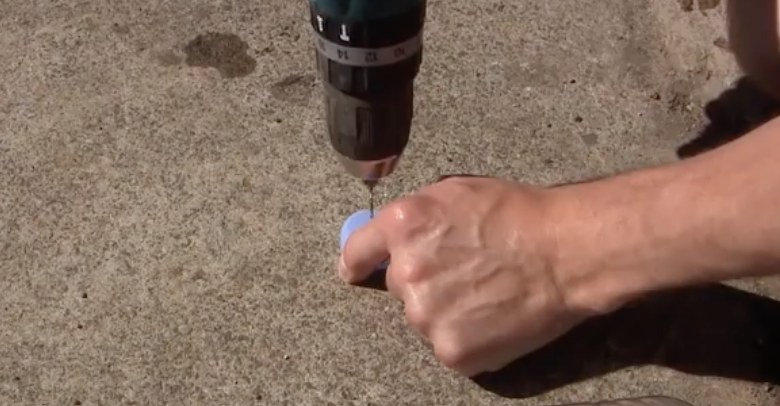
Next, if you have plants sensitive to root disruption, like peas and beans, use cardboard tubes as planters. This helps ensure their roots don’t tangle up with each other and makes transplanting them much less stressful on the plants. For those with limited space, drill holes in gutters to make a wall garden, and try to use other available vertical surfaces by getting creative.
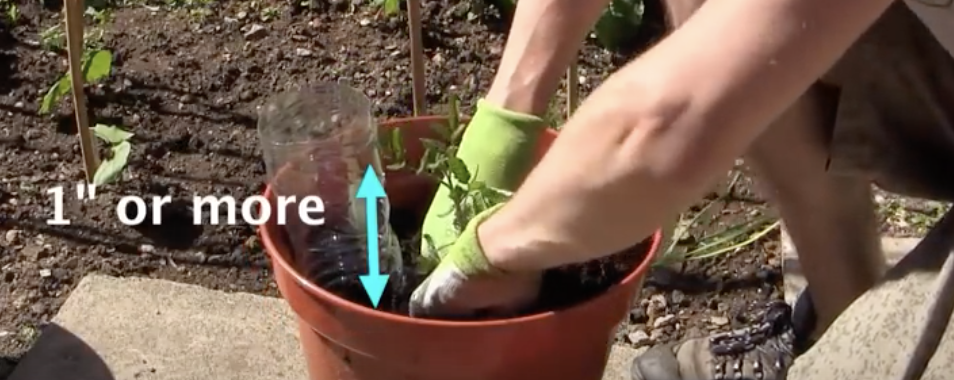
There is also software and apps available for planning and plotting out gardens. It’s useful for new and seasoned gardeners and, best of all, has been shown to reduce the chance of having failed crops. For more information and a better visual understanding of the points covered above, check out the video and enjoy! Happy Gardening!
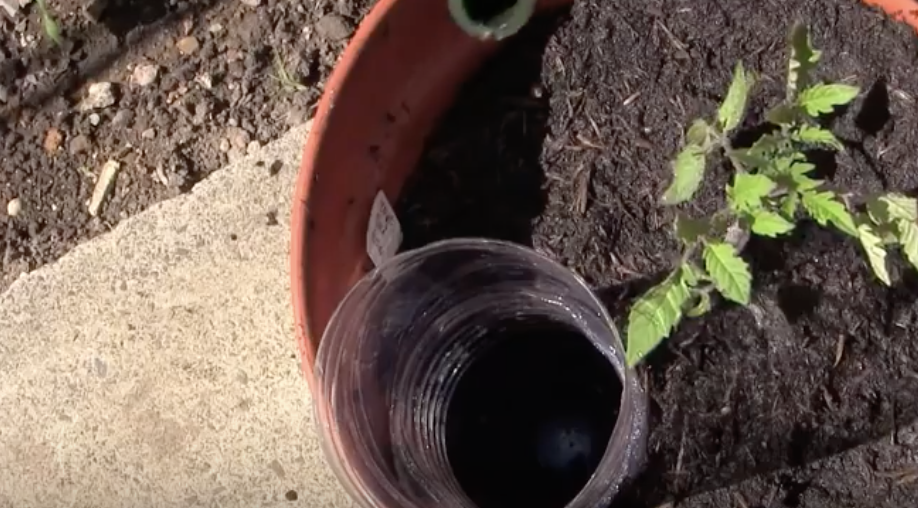
Please SHARE With Family and Friends
He Takes An Onion And Pushes A Hair Pick Into It. The Reason Is Brilliant!
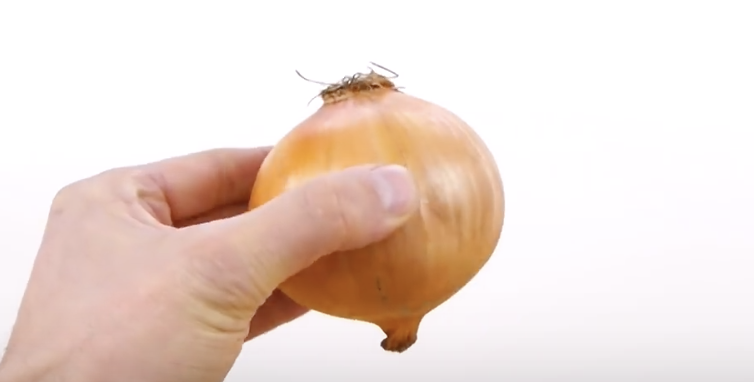
In terms of food preparation, chopping up onions is probably one of the worst jobs you’ll ever have to do in the kitchen. Sometimes they’re so strong that they make your eyes water and burn, and when you get onion juice on your skin and fingers, it lingers forever and stinks. However, the worst part about it is the actual chopping part.
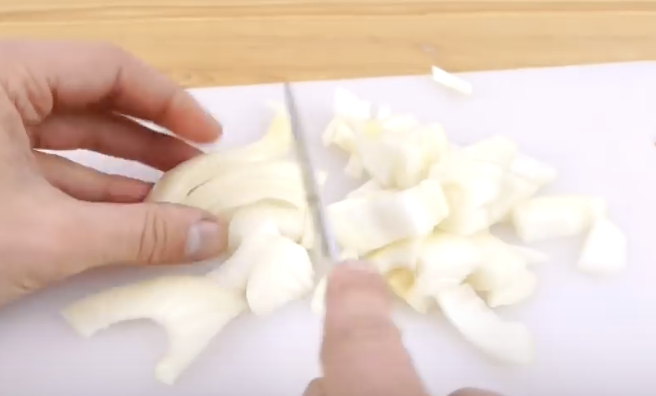
Onions are tricky to cut because all of the many layers fall apart and never seem to stay in place, if they did stay put it’d be a whole lot easier to slice and dice. Your cozy night in making a simple dinner can easily turn into a kitchen nightmare with a combination of blurry, watery eyes and a sharp knife slipping on stray onion pieces.
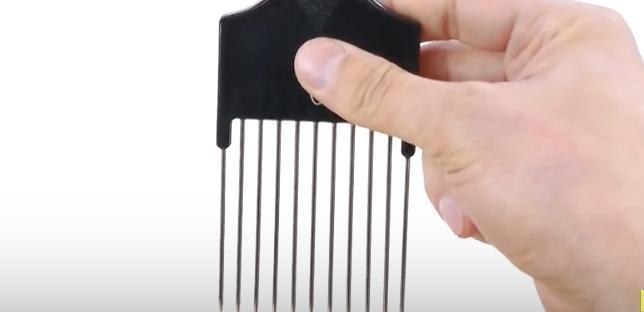
Don’t let that scenario become your reality the next time you have to chop onions, or for that matter any other type of similarly shaped fruits and vegetables. Instead, use a hair pick to streamline and simplify the entire process. In the accompanying video YouTube’s DaveHax demonstrates the trick and shows us exactly how easy cutting things can be.
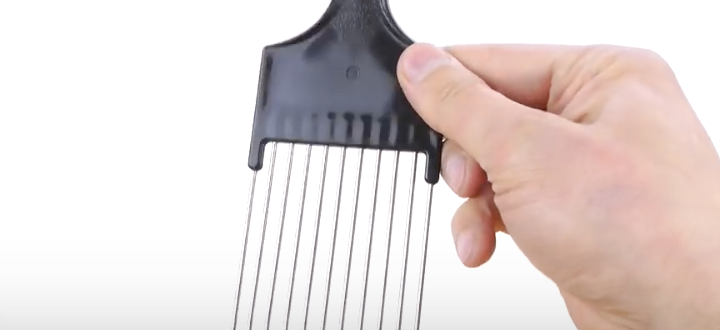
The key is making sure that you use a hair pick that has stainless steel prongs. Take an onion, chop off both ends, and peel all of the dry papery layers off it. At that point you simply stick the hair pick into the onion and use it to hold the bulb steady.
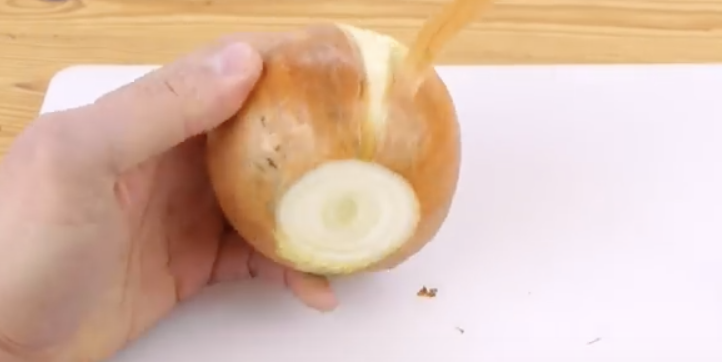
Then, using the spaces between the prongs as a guide, slice through them for perfectly proportioned cuts every time. Depending on how you stick the pick into the onion, you can make picture perfect onion rings or a bunch small diced cuts in just a matter of seconds.
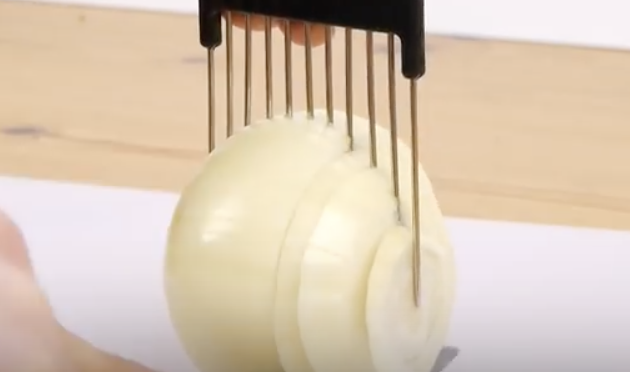
The pick trick works for just about any fruit or vegetable you can stick it into. DaveHax demonstrates the technique on lemons, tomatoes, and cucumbers but really the possibilities are wide open for this hack.
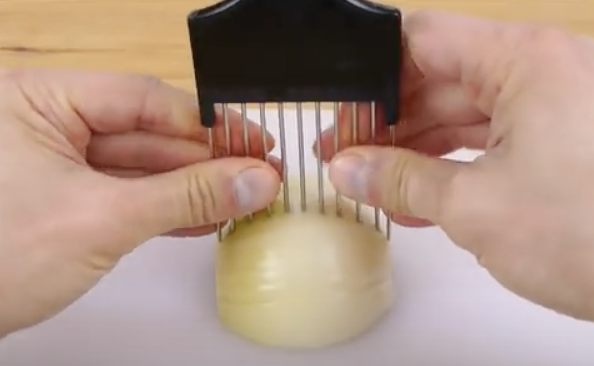
If you don’t already have a suitable hair pick, be sure to write it down on your grocery list so that the next time you’re at the store you remember to get one. This is something that’s affordable, simple, and guaranteed to make life a whole lot easier. Once you try it, you’ll be hooked!
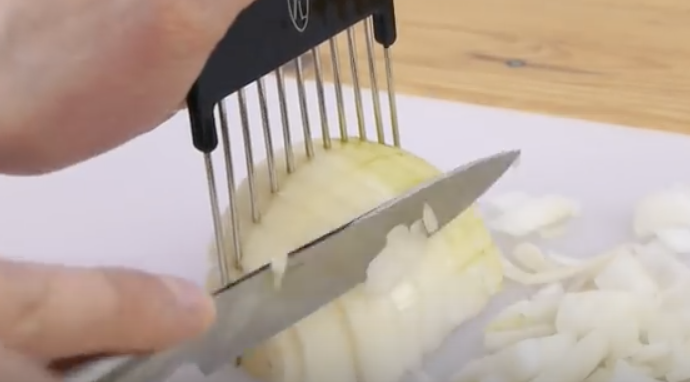
Please Share This With Family and Friends

